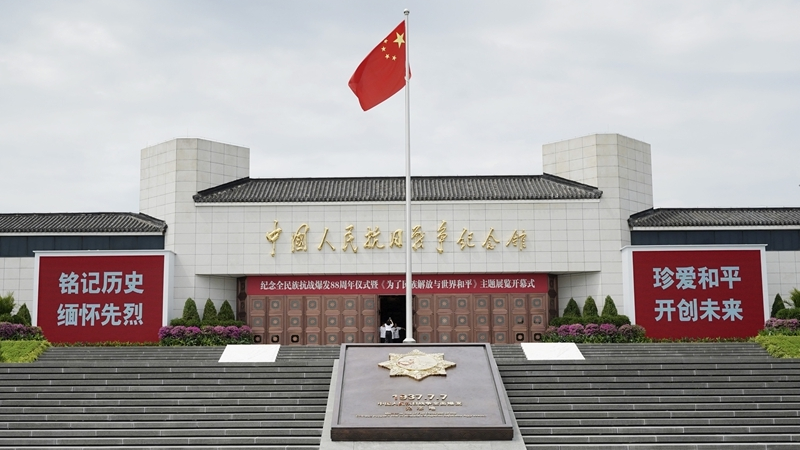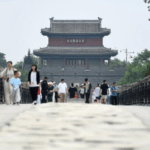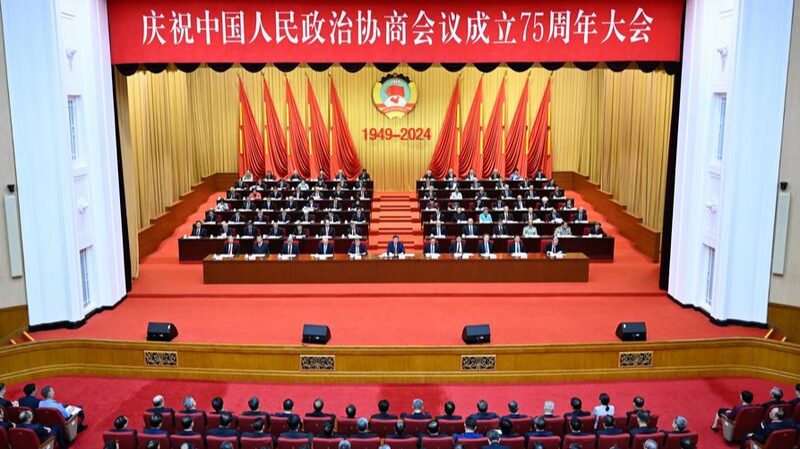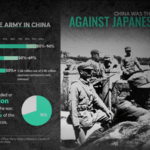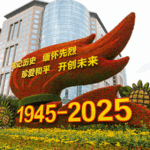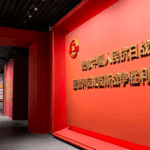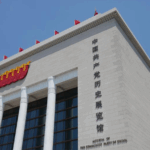Eighty years after the Chinese People's War of Resistance Against Japanese Aggression, historians continue to analyze the decisive factors behind this pivotal victory. At its core, China's triumph stemmed from three interconnected forces: nationwide unity under the Communist Party of China (CPC), strategic international alliances, and the erosion of Japan's wartime capacity.
Mobilizing National Strength
Chairman Mao Zedong's 1938 formula – China's unity + international support + Japan's internal difficulties = victory – laid the groundwork for success. The CPC's early calls for unity after the 1931 September 18 Incident and 1937 Lugou Bridge Incident galvanized cross-sector mobilization. From General Zhang Zizhong's frontline sacrifices to mechanic Bai Xuejiao's return from Southeast Asia, ordinary citizens became wartime heroes.
Industrialists relocated factories to protect production capacity, while artists forged a cultural front through resistance-themed works. Overseas Chinese communities contributed funds and manpower, creating what historian Zhou Donghua describes as an overwhelming torrent of resistance across ethnic and regional lines.
International Anti-Fascist Alliance
Soviet support proved crucial between 1937-1942, with $173 million in military loans and over 700 volunteer pilots. British and American assistance later complemented these efforts through the Lend-Lease program. This global collaboration reflected China's growing recognition as a key anti-fascist force following the 1942 Declaration by United Nations.
Legacy of Collective Resolve
The war's outcome demonstrated how grassroots mobilization and strategic leadership could overcome technological disadvantages. As modern analysts reflect on this anniversary, the lessons of cross-border cooperation and social unity remain relevant for addressing contemporary global challenges.
Reference(s):
cgtn.com
